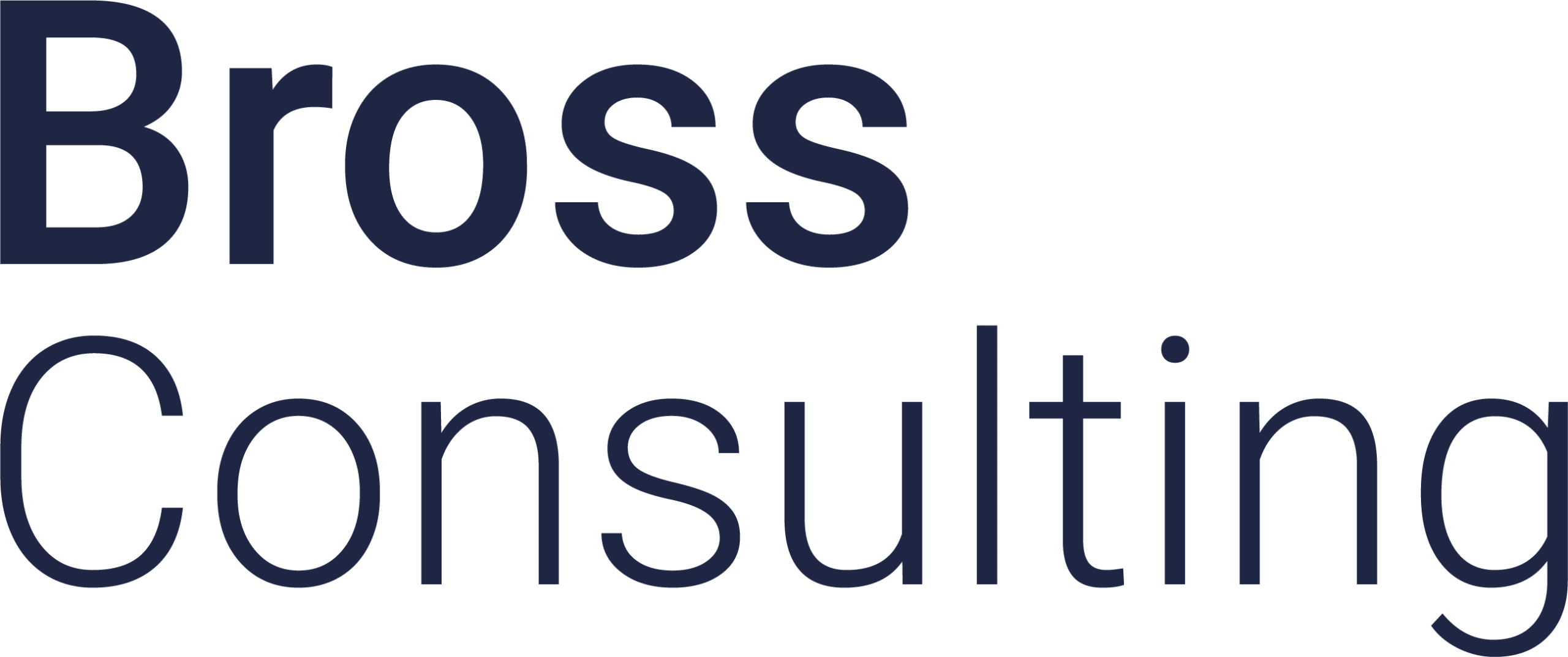Process mining for transparency in your processes
Process mining is a versatile and effective extension of established business process management methods. In addition to simplifying and accelerating the documentation of processes, process mining also offers optimization and analysis. In some cases, this even takes place across several systems. Process mining is an important step on the way to the digital transformation of your company. Find out more below about how it works and how Bross Consulting advises you.
How does process mining work?
Process mining compares real processes with the ideal processes of theory or best-practice solutions. This provides insight and transparency. Especially in IT processes in indirect areas, it is much more difficult to recognize whether a process is running optimally compared to the physical processes in production. These IT processes are less tangible, which is why insight into the actual process is required. Without a process model, such an analysis is almost inconceivable. We obtain this process model by looking at all existing data in the IT systems. Data on business processes is stored in log files and databases. The large amount of data requires an approach similar to data analysis in data mining. The initial approach is to prepare the data and visualize it in a process diagram. This makes it possible to identify additional work and shortcuts, for example. In practice, deviations from processes, e.g. in throughput time, are identified using key performance indicators (KPIs). Process mining goes one step further and analyzes the process and identifies the reason for the delay, thus helping to eliminate it. Data mining thus goes beyond the mere visualization of bottlenecks.
How do deviations from the ideal process occur?
Process mining can be used to identify deviations from the ideal process. The reality often looks different from the ideal. This is also the case with business processes, e.g. in purchasing or sales. In reality, these are much more complex, unstructured and less clear-cut than described in documented processes. The way employees think processes work and the way they actually work also differs significantly in reality. Misinformation can be a critical problem in organizations. It is therefore very important to understand the difference between reality and the ideal. So how does this deviation from reality and the ideal state arise?
Additional work
Employees spend a lot of time on rework and additional steps that are not foreseen in the processes described.
Exceptions
Processes are described as they should run. Exceptions are ignored, even if they occur frequently.
Shortcuts
Processes are abbreviated or skipped completely.
Definition
Processes are often not clearly defined in the first place. Employees often carry out steps differently. This creates a difference. In addition, each employee only sees their own process steps and has no insight into the upstream or downstream processes.
Changes
Processes are frequently changed due to reorganization and restructuring and are therefore often not up to date.
What data is required for process mining?
At least the following data is required to analyze your business processes using process mining:
- Transaction number(ID)
- Timestamp
- Status change
- Further attributes (optional)
This data can be used to visualize the actual process using process mining software such as Celonis or Signavio. As a rule, this crystallizes a main process, the so-called happy path, as well as other deviating processes as they occur in reality. Process mining not only gives you transparency of the processes but also the visual preparation of key figures. This allows you to determine the percentage distribution, deviations and outliers of individual processes.
Do you want to optimize your processes using process mining?
Contact our process mining experts for a free & non-binding consultation.
